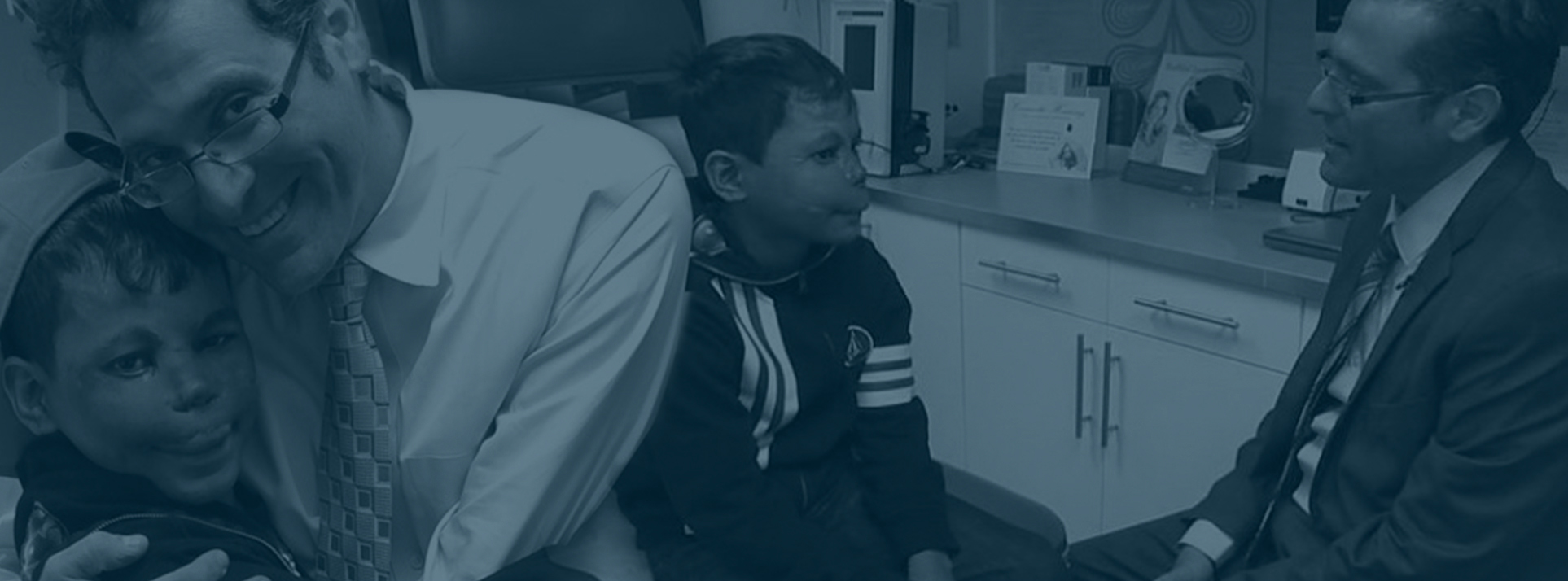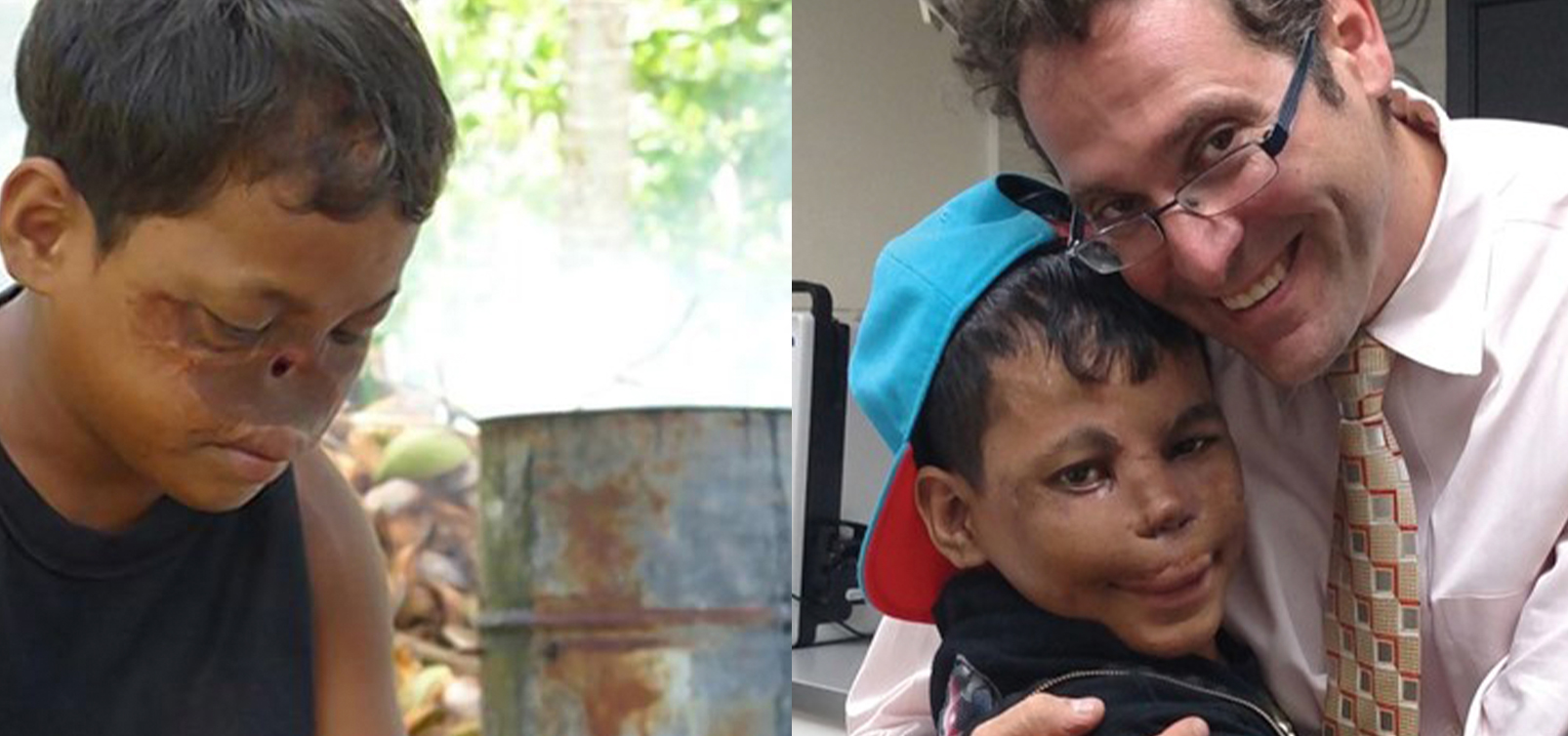




DISCOVER OUR SERVICES
Featured Procedures

Our Doctor
TAL Dagan M.D. F.A.C.S

Dagan MD is a premier practice offering facial plastic and reconstructive, non-facial cosmetic procedures, ENT services, a sinus, and allergy center, and a hearing and balance center in midtown Manhattan. We offer the convenience of a local medical office, flexible hours and prompt appointment scheduling. Our practice features state-of-the-art treatments like the Balloon Sinuplasty, the latest breakthrough in long-lasting relief from sinus symptoms to facial rejuvenation and makeovers, and the latest in medical technology for the treatment of hearing and balance.
Dagan MD provides executive screening and other health services to employees of NBC Universal, Bank of American, JP Morgan, Bloomberg Association, Axa equities, and many other Manhattan-based firms.
Before and after
The Transformation
CLIENT REVIEWS
Meet Our Customers

“I’ve been going to Dr. Dagan since 2011 and he’s always been amazing. There’s no question as to whether or not my kids would see him! He’s so wonderful with them both!!!“

“The staff at Dr. Dagan’s office are always so friendly and welcoming! They know their patient files inside out and are so knowledgeable on insurance coverage issues which is a huge boost to seamless care! Dr. Dagan is thorough, thoughtful and kind!“

“Had my first ENT appointment w/ Dr. Dagan, and it was a great experience. Dr. Dagan took his time with answering all my questions, offered some great suggestions for my pain and made me feel very comfortable. I look forward to our follow up.“

“Great doctor and staff. Takes time to explain and answer questions thoroughly and helps you feel comfortable. Very knowledgeable and explains in a way that helps you feel confident in entrusting your health to him.“

“Incredible. Was able to figure out what was wrong after years of the wrong diagnosis by other doctors. Dr. Dagan takes the time to listen as well as thoroughly explain things. No wait time and everyone at the office was super helpful and kind!“











